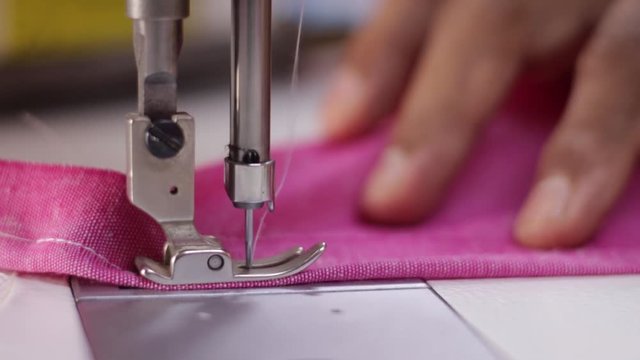Single Stitch Sewing: A Classic Technique for Durable Garments
Single stitch sewing is a fundamental sewing method that has stood the test of time. Known for its simplicity and strength, this technique is widely used in both homemade and commercial clothing production.
Single stitch sewing is a fundamental sewing method that has stood the test of time. Known for its simplicity and strength, this technique is widely used in both homemade and commercial clothing production. Understanding single stitch sewing helps sewers create clean, sturdy seams that can withstand everyday wear while maintaining a polished look.
Why Single Stitch Sewing Remains Popular
If you want to master single stitch sewing, it’s important to grasp its unique qualities and applications. At ClothingDigest.com, we highlight how this technique involves using just one line of stitching to join pieces of fabric. Unlike double stitching or overlocking, single stitch sewing is straightforward but requires precision to ensure the seam holds up over time.

This method is commonly found in vintage garments, workwear, and casual clothes where durability is key. Because it uses less thread and takes less time, it’s cost-effective for manufacturers but also favored by home sewers for quick repairs or simple projects. Single stitch seams, when done properly, offer flexibility and strength without bulk.
How to Achieve Quality Single Stitch Sewing
To sew a successful single stitch seam, start with selecting the right needle and thread for your fabric type. Use a straight stitch on your sewing machine, keeping stitch length consistent for a neat finish. Pressing the seam open after sewing enhances durability and appearance.
While single stitch sewing is simple, it’s vital to reinforce stress points by backstitching at the beginning and end of the seam. This technique is excellent for seams that don’t require extra layers of stitching but still need to be reliable.
Whether you’re restoring vintage clothing or working on everyday garments, mastering single stitch sewing adds a valuable skill to your sewing toolkit. It’s a classic method that balances efficiency with durability, perfect for many sewing needs.